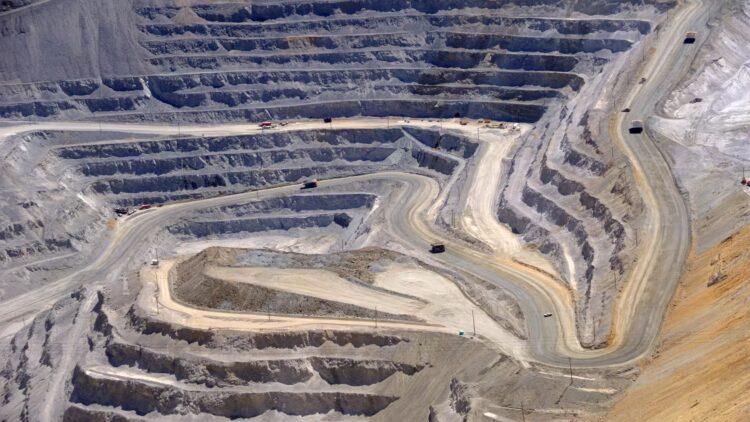Scientists discovered Earth’s only known natural nuclear reactor in Gabon, Africa, after French authorities were initially suspicious of uranium being stolen for making atomic bombs. The Oklo reactor was used 1.7 billion years ago, when the concentration of uranium in the Earth was naturally high enough to sustain nuclear fission reactors. This natural wonder shocks our perception of nuclear power and shows the power of nature to produce advanced atomic processes when nobody was aware of the existence of human civilization.
Uranium mystery in France results in a breakthrough
In 1972, Francis Perrin, a French physicist, was studying uranium ore in the Oklo mine in Gabon, and in one instance, he found to the contrary that the concentration of the uranium-235 element was 0.717% rather than the universal 0.720%. This small difference of three one-hundred-thousandths was the equivalent of three one-hundred-thousandths too much uranium-235 to make six atomic bombs, and immediately, terrorism fears surfaced. The rocks around it were softer and blackened; it looked like lots of heat had been created at the location throughout geological time frames.
The first assumption that scientists made was that artificial fission had taken place, but thorough analyses proved that the uranium ore was wholly natural. The discovery that followed was that the ore had footprints of fission products, which gave the astounding conclusion that natural nuclear fission had taken place more than two billion years ago without any human contributions or artificial enhancements.
Geological conditions enabled natural nuclear chain reactions
The circumstances in western Equatorial Africa were optimum: high levels of uranium, bulkiness, water was used as a neutron moderator, and sustained by geological time, which made Oklo unique in the number of geological formations on the planet.
Ancient algae served as nuclear engineers
And, here, this little secret becomes interesting: the Oklo reactor was entirely self-regulating, so that it produced the effect of a nuclear Old Faithful, with exact on/off periods of three hours. When the underground uranium became hot enough, water around it boiled away, and neutrons passed around too quickly for uranium atoms to grab the neutrons, thus automatically shutting down the heat production and reaction.
Only when Uranium cooled down enough did water trickle back in, slowing down the neutrons again and restarting the reactor in a perfectly controlled cycle. This natural regulatory system functioned for 150,000 years and used up 10,000 pounds of uranium before it finally ran out of fuel and shut down for good. Algae concentrated uranium from dissolved clay minerals in underground pools, creating critical mass conditions, and at the same time produced oxygen that allowed uranium to be dissolved from surface rocks, making them the first nuclear engineers on Earth.
A natural reactor is a challenge to the current approach to energy
The Oklo power plant produced around 100 kilowatts of energy, or enough to serve 800 large-screen television sets, 225 computers, or 25 clothes dryers, all using pond scum and water in an entirely natural process. This discovery took place in unique conditions 1.7 billion years ago, when uranium-235 was 3% of the natural uranium, which is the minimum condition for having a chain reaction.
Peter Woods from IAEA explained that “water acted in Oklo as a moderator, absorbing the neutrons and controlling the chain reaction” in the same way as modern-day light water nuclear reactors.
Oklo reactor specifications:
- Operating duration: 150,000 years of operation.
- Power output: 100 kilowatts, average generating power
- Fuel consumption: 10,000 Pounds of uranium processed
- Duration of cycle: 3-hour off/on regulatory cycles.
This outstanding natural phenomenon has shown that nuclear fission can take place safely in a geological milieu. In the context of humankind struggling with energy issues, Oklo makes strong arguments to support the idea that atomic energy is one of the natural, ancient processes that existed earlier and are more environmentally friendly and safe than traditional energy sources.


